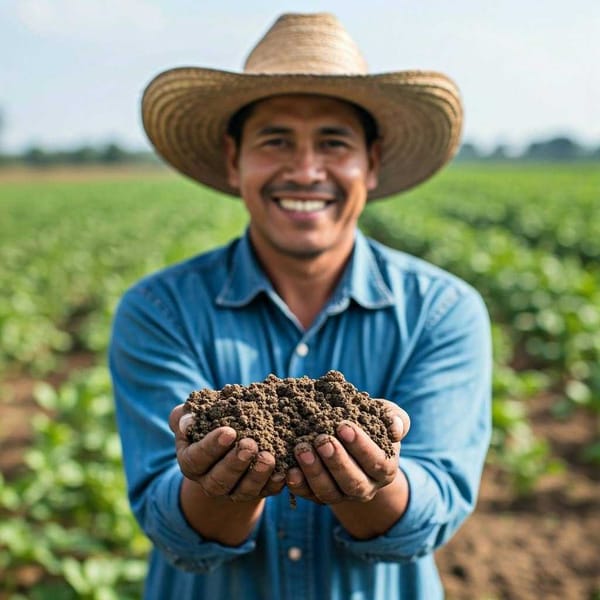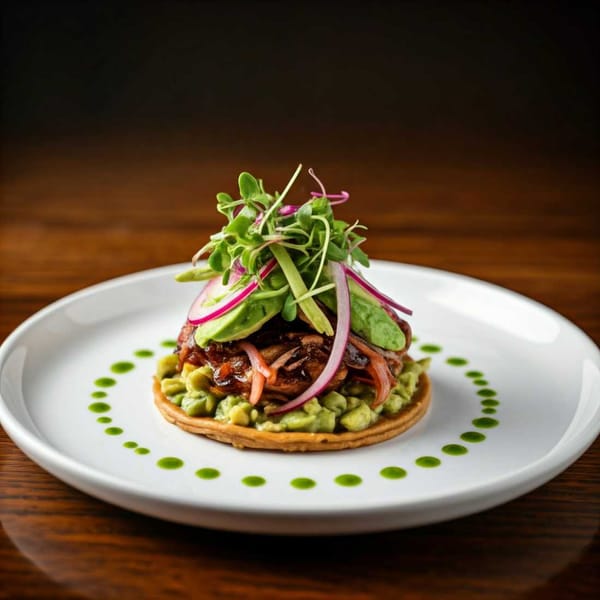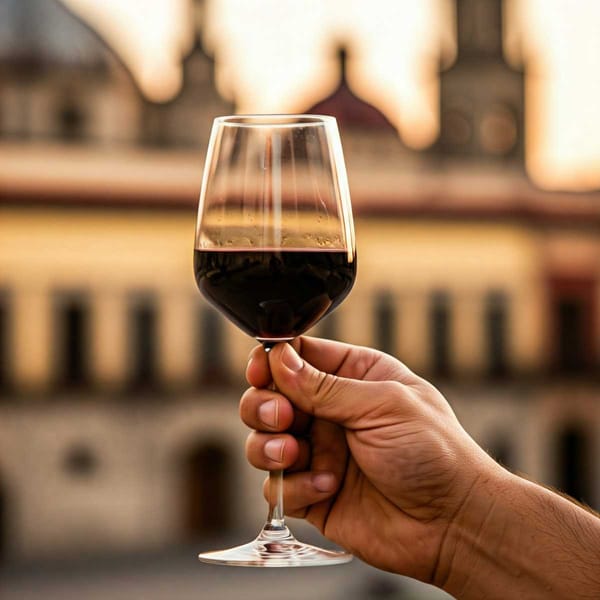How Mexican Gastronomic Folklore Brings Joy to the Table
Discover the vibrant world of Mexican gastronomic folklore. From traditional wedding tables to the iconic mole and barbacoa, explore how food reflects Mexican culture and national identity. Immerse yourself in the joyous celebrations and diverse flavors of this culinary heritage.

Mexican cuisine is a vibrant mix of flavors, colors, and traditions, deeply intertwined with the country's rich cultural heritage. From festive occasions like the Day of the Dead and weddings to everyday gatherings, the preparation and presentation of the dining table play a significant role in Mexican celebrations. Let's dive into the captivating world of Mexican gastronomic folklore and discover how it reflects the country's joyful spirit and national identity.
Tables for Every Occasion
In Mexico, setting the table is an art form that varies depending on the occasion. Whether it's the Day of the Dead, a wedding, a birthday, or a first communion, each event demands a unique display. The tablecloths, dishes, and china are carefully selected to complement the dishes served and create an immersive experience for the guests.




